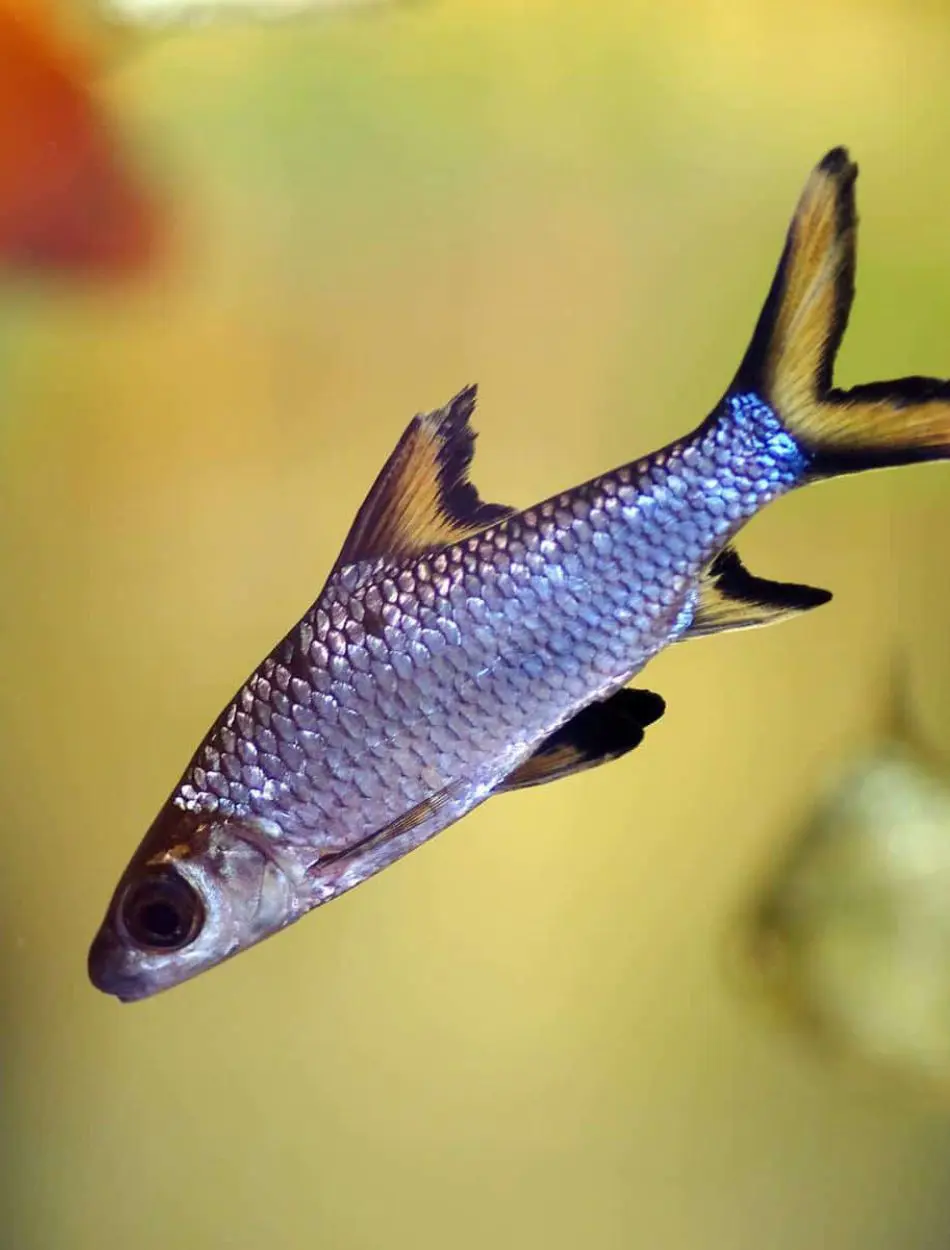18 Symptoms of Cherry Eyes In Dogs
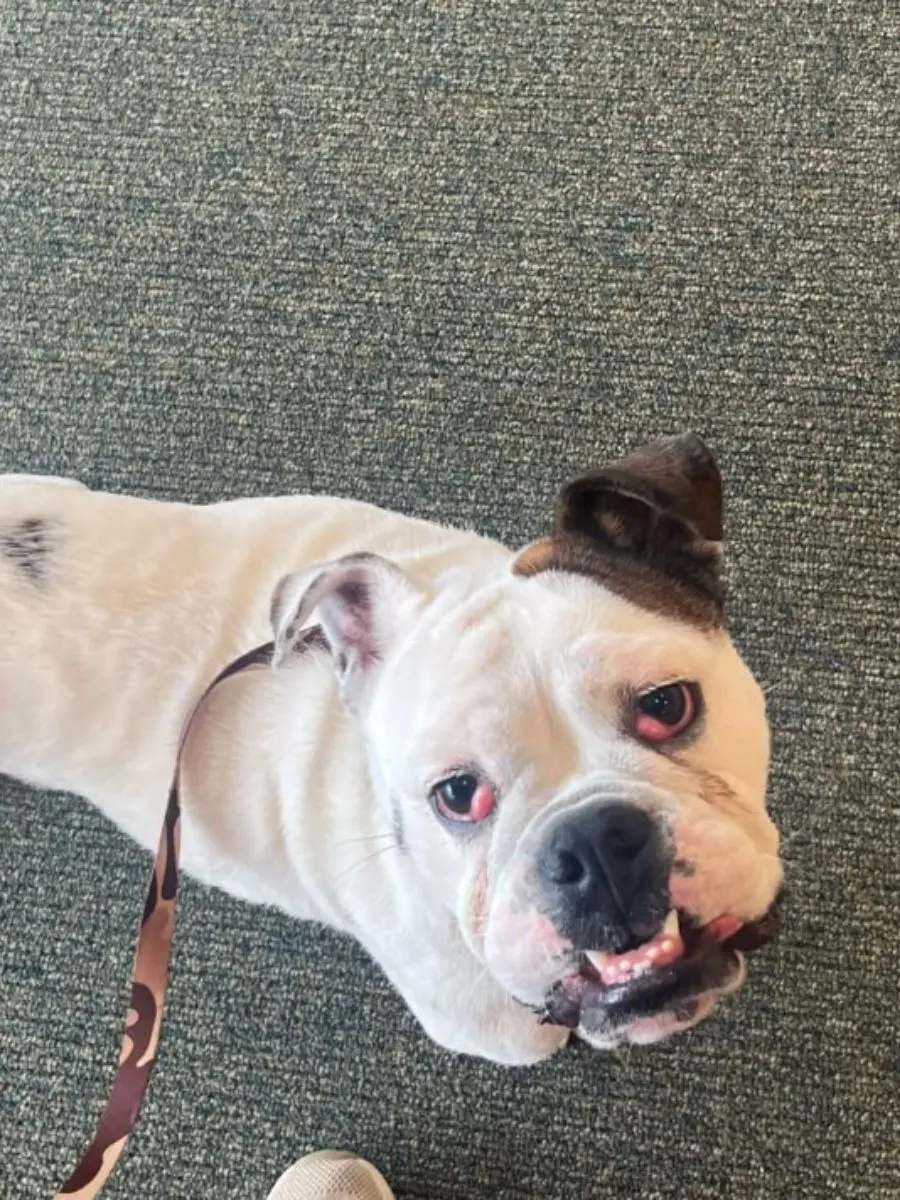
Cherry eye in dogs is a condition where the tear gland in the third eyelid prolapses, causing a red, swollen mass to protrude from the inner corner of the eye. This condition is most common in young dogs and certain breeds.
The exact cause of cherry eye is not fully understood, but it is believed to be related to a weakness in the connective tissue that holds the gland in place. In this article, we will look at the symptoms of cherry eyes in dogs.
1. Visible Red Mass In The Eye
One of the most obvious signs of cherry eye in dogs could be a visible red mass in the eye, so it is actually one of the major telltale signs that there is a problem. This bulge is actually the prolapsed gland of the third eyelid that has moved out of its normal location to occupy the inner corner of the eye.
Your pet's redness can become more prominent due to increased blood flow after exercising or when the dog is tired. Your pet may have a hard time keeping the eye open due to swelling and pain, which almost always accompany redness. Your pet blinks more than usual because the redness may create discomfort that can become very irritating.
If you do happen to see your dog with an eye persistently red, then you must see your vet immediately. This way, you can catch cherry eye early, treat it, and prevent more damage from happening to your canine's eyes.
2. Swollen Eyelid
One of the most obvious symptoms of cherry eye in canines is heavy swelling to the eyelid. It is a very worrying condition for any pet owner, as it makes the eyelid puff up or enlarge from inflammation to the gland that blankets the third eyelid.
The bulging eyelid will make it very hard for your pet to open or even close his eyes, exaggerating their pain and irritability. Often, the swelling will be so intense that it will impair the vision of your dog's eye, resulting in disorientation that makes it hard to get around.
A bulging eyelid can be quite uncomfortable for your dog and might lead to behavioral changes. He may also try to alleviate this pain by rubbing on furniture or the ground or by pawing at the affected eye. Treatment of an eyelid swelling caused by cherry eye will need to focus on the prolapsed gland's underlying problem.
3. Eye Irritation

Irritation of the eye caused by the prolapsed gland of the third eyelid rubbing on sensitive eye tissues is a common and worrying symptom of cherry eye in dogs.
Discomfort will accrue from several issues caused by the displacement of the gland since it will not be able to work normally, which could further irritate and inflame the tissues around the exposed gland. This can then make a canine start excessively blinking, pawing at the eye, or maybe even rubbing the eye on just about anything in an attempt to get some relief.
One common and worrying sign of cherry eye in most dogs is the irritation caused by the prolapsed third eyelid gland when it rubs on sensitive tissues of the eye. This discomfort will accrue from a number of issues caused by the displacement of the gland since it will not normally work, further irritating and inflaming the tissues around the exposed gland.
4. Increased Tear Production
Lacrimation is a common feature in dogs with cherry eye, for the reaction to the irritation and soreness of the prolapsed gland is spontaneous. Though the third eyelid gland is normally responsible for constantly supplying the tear film, it cannot act normally if it is dislocated.
The eye may then excessively water after this in an attempt to flush out something that has irritated the exposed gland and tissues around it. Though this excessive tearing is a protective measure, the consequence could be watery eyes or continuous tearing. This continuing tearing will drench the fur on the side of the eye and lead to skin irritation.
The constant dampness can cause bacterial or fungal infections, which can further discomfort the dog. After this process, there may be a discharge from the eye. This discharge is clear if there is no infection; otherwise, it is yellowish.
5. Dry Eye
Cherry eye can afflict dogs with serious symptoms, mostly unpleasant in nature. These symptoms appear in the form of dry eye, otherwise known as keratoconjunctivitis sicca or KCS. In this pathology, development takes place when the prolapsed gland of the third eyelid becomes unable to produce enough tears to keep the eye moist.
This misplaced gland could produce fewer tears, which might irritate the eyes with dryness and itchiness. Because of this, the eye will miss out on its lubricating action and may lead to drying of the surface of the cornea, which, when irritated, causes serious pain to the canine and further develops into serious conditions like corneal ulcers.
Dogs with dry eyes also redden, become irritated, and have sticky discharge at the corners of their eyes due to a lack of tears. Their eyes will become very irritating if they do not get enough moisture, which can result in excessive blinking or face-pawing in an attempt to scratch out the feeling.
6. Discomfort Or Pain In The Eye
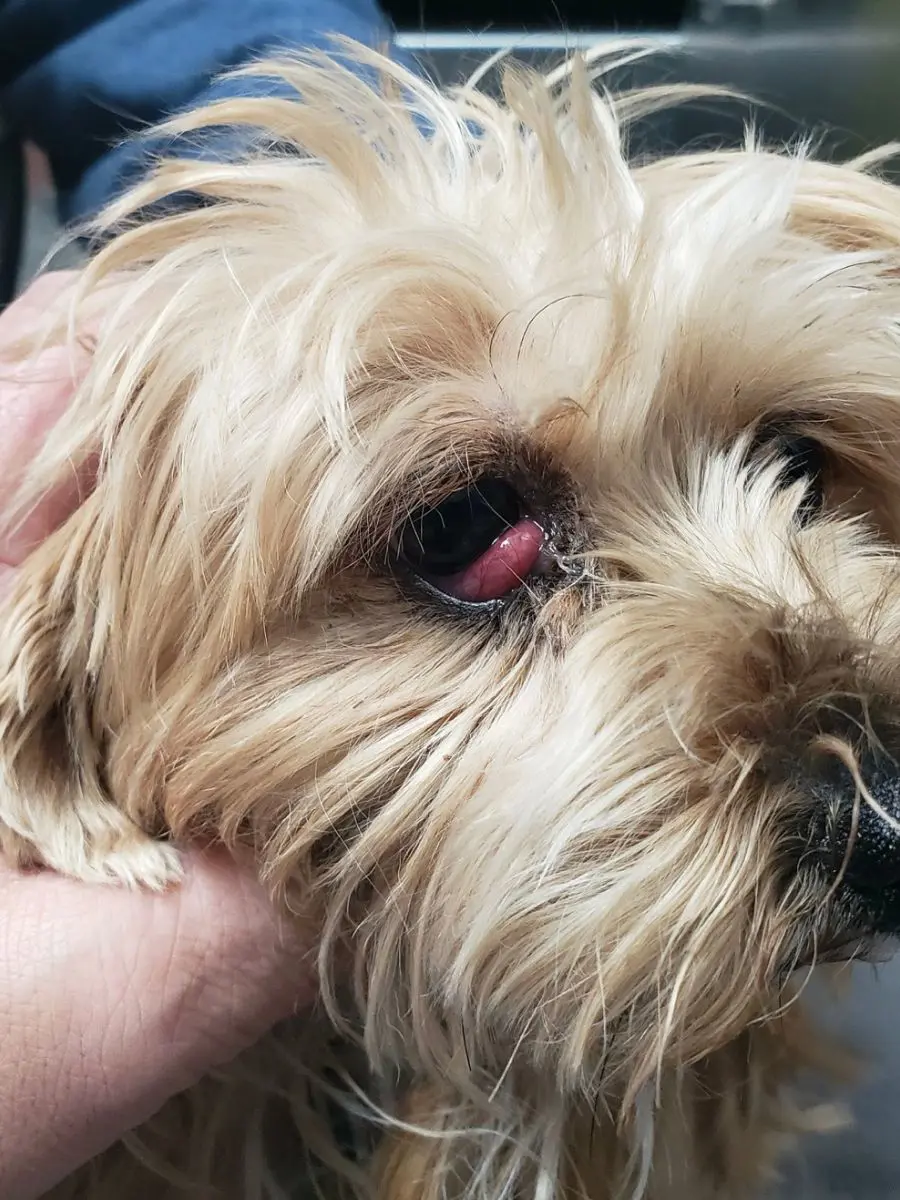
One of the major symptoms of canine cherry eye is pain or a general feeling of discomfort in the eye. This results mostly from irritation by the prolapsed gland of the third eyelid.
It causes displacement, which might hinder the normal functioning of the eye, leading to a lot of discomfort, hence causing a lot of discomfort to the dog. Since they are unable to tell you their pain, Canines will sometimes tell you by rubbing their faces on furniture or the floor, squinting, and avoiding bright lights. This may easily affect their appetite and general mood.
In addition to the direct annoyance caused by the inflamed gland itself, it may create a spate of secondary complications related to cherry eye, such as infection, dry eyes, or even corneal ulceration, which again could further elevate their degree of suffering.
7. Frequent Pawing At The Eye
The majority of dogs with cherry eye present with pawing at the eye, a very common behavior that is worrisome because pawing at the eye is very indicative of significant discomfort or even pain.
Over time, with the cherry eye, the prolapsed gland of the third eyelid may irritate the affected eye, and the dog will start to paw at the affected eye virtually out of instinct in an attempt to relieve the discomfort. She may act as if there is an object or itch to be removed, a quite normal reaction to the sensation that something is wrong with the eye.
Pawing at the affected area of the eye might make things worse because it brings in debris or bacteria that may cause infection or further inflammation. Also, repeated pawing can raise different sorts of lesions on delicate eye tissues, hence worsening the disease and complicating treatment.
8. Eye Discharge
In most dogs, ocular discharge follows the cherry eye. This is usually an indication that the prolapsed gland irritates the eye or that there is probably an infection. If the displaced gland responsible for causing the third eyelid irritates the eye, it interferes with the natural process of producing tears.
This discharge may settle into accumulations of mucus, rubbish, or pus in the corners of a dog's eyes. In relation to its source, this discharge may differ greatly, starting from very thick and yellowish to thin and watery. Eye discharge frequently indicates that the eye is trying to rid itself of irritants or reduce inflammation.
If left untreated, chronic or excessive ocular discharge becomes quite uncomfortable for the dog and may even lead to other problems. This incessant moisture is very irritating or inflamed to the skin around the eyes, thus reddening, perhaps leading to further discomfort.
9. Squinting Or Blinking Frequently
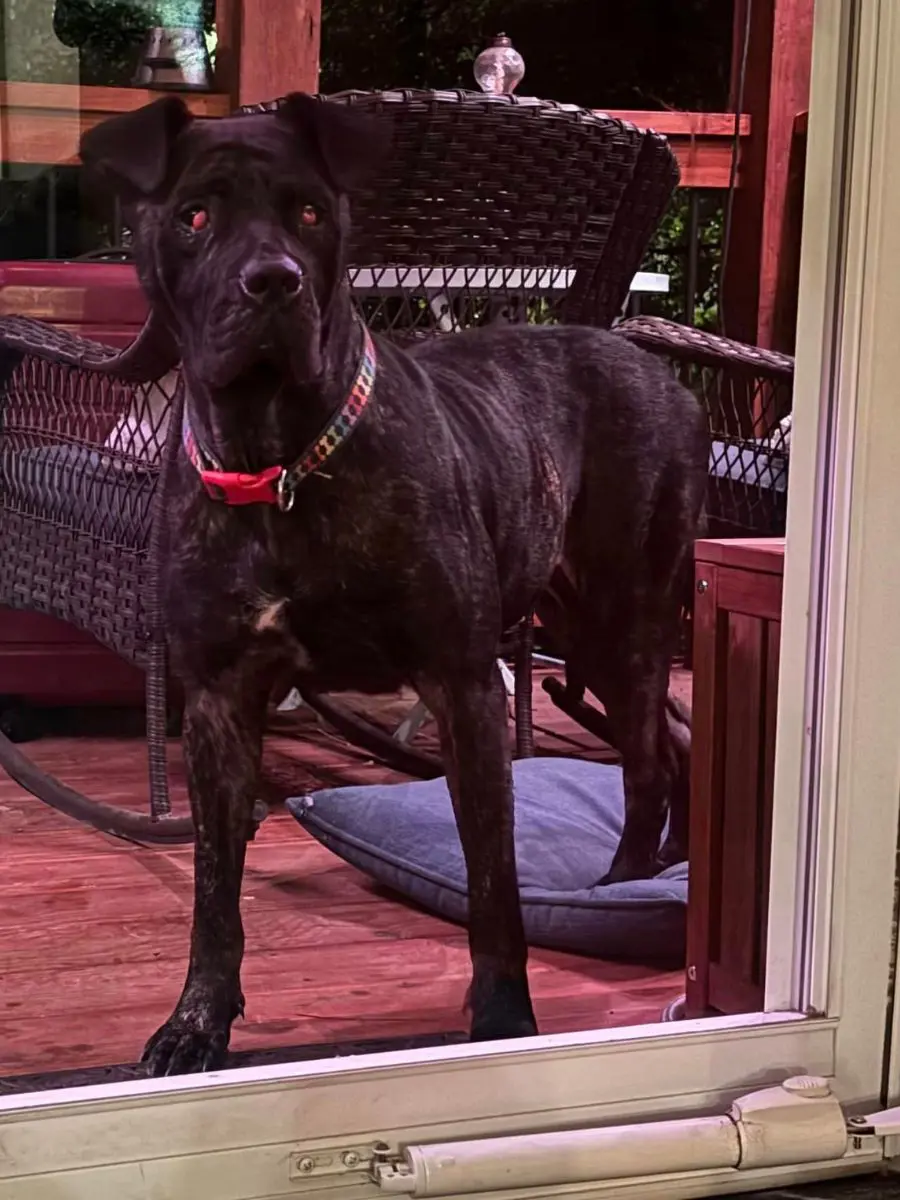
Squinting or excessive blinking in dogs is one of the more obvious signs of cherry eye and usually means there is irritation or discomfort in the involved eye. Some of the problems caused by the prolapsed gland in the third eyelid will cause a canine to squint or blink excessively.
This prolapsed gland could rub on the inner eyelid or the cornea, giving the dog the feeling that something is inside the eye that he is trying to push out by frequent blinking. The pet's normal response to this irritation from the misplaced gland is frequent blinking or squinting, which may be a major clue to the owner that their companion is not comfortable.
Now, if this goes on and the continuous blinking or squinting is not treated, other issues can develop. That's right. All of those repeated squinting motions that a canine does can tighten up the muscles around his eyes, leading to more severe pain or even migraines in some cases.
10. Sensitivity To Light
Some of the symptoms seen in dogs affected with cherry eye include photophobia, which is sensitivity to light. Probably indicative of underlying irritation or even inflammation to the canine's affected eye, this sensitivity can only be partly explained.
Sensitivity to bright light is only one of several issues that may cause pain when the gland of the third eyelid prolapses. Dogs often squint or sleep in dark places to instinctually avoid bright lighting that may irritate the inflamed and now-exposed gland. As a result, the prolapsed gland of the cornea becomes inflamed, leading to photophobia.
Photophobia in dogs might be a serious problem since it interferes with their daily activities and hence reduces their quality of life. A light-sensitive pup becomes less active during the day and would prefer napping in shadowy places to going for walks or plays.
11. Reduced Vision
Diminished eyesight is one of the worrying symptoms of cherry eye in dogs. It mostly results from dislodging the third eyelid gland and the complications that result from its prolapse.
Behavioral changes that can otherwise involve the appreciable physical presence of the prolapsed gland in the corner of the eye are hesitations to go into familiar areas or reluctance to perform tasks dependent on good vision. This is not only a physical barrier, but it may also cause pain and, very well, deter the canine from opening its eyes fully, worsening their vision.
The result is that a dog with decreased vision tends to be more cautious or even jumpy, especially when it comes to walking around in new places and near objects that it can barely see. Diminished vision can significantly affect a pet's quality of life.
12. Red or Inflamed Conjunctiva
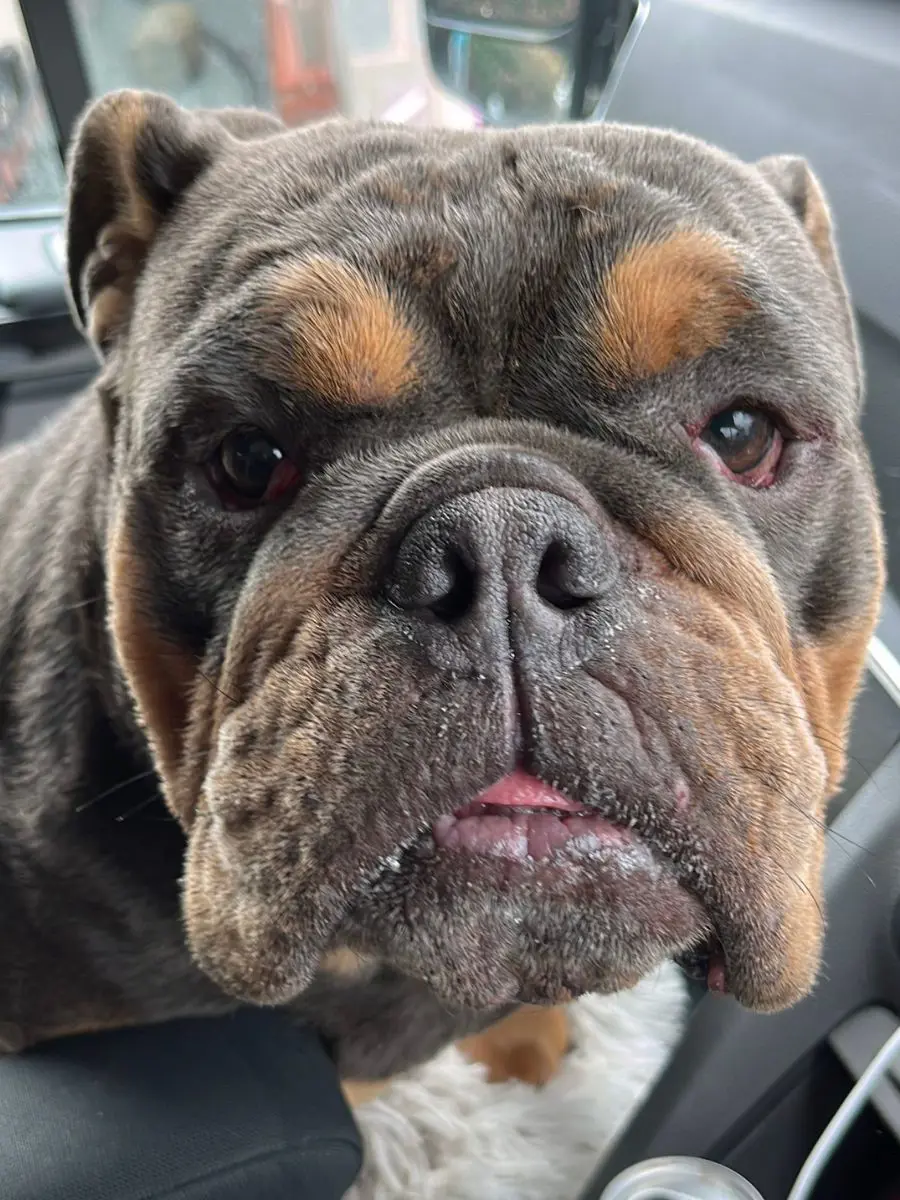
Redness or irritated conjunctiva formed a cherry eye in dogs similar to the visible and frightening symptom. Conjunctiva is a pale, tough mucous membrane that buries the back of the eyelids and the sclerotic coat of the eye.
Straining of the gland of the third eyelid may result in inflammation and irritation of the conjunctiva and other adjacent structures. The conjunctiva can be reddened and swollen from constant rubbing by the prolapsed gland over the surface of the eye, therefore bloodshot or strongly pink in color. Your eye tries to protect itself from further injury by becoming inflamed in response to an irritation from the mislocated gland.
As this worsens, so do other indications of red or inflamed conjunctivae; the dog may begin to squint, have increased tearing, or even discharge from the eye. This may only be exacerbating the pain by making it more difficult to keep the eye open or see enough.
13. Visible Pink or Red Mass in the Eye
The classic sign of canine cherry eye, which occurs when the gland of the third eyelid prolapses, is a pink or red apparent mass developing within the eye. Ordinarily not visible, this particular gland resides in the corner of the eye but moves and then appears.
This prolapsed gland appears as a pink or red protrusion at the inner corner of the eye and is quite conspicuous against the white of the eye. When it swells and becomes red, it grows in size and pops outward from where it normally sits, creating this lump. This may be very obvious to owners and symptomatic of gross disturbance of the normal anatomy and function of the eye.
Treatment would involve veterinary attention to a pink or red mass easily denoted due to cherry eye. In most cases, anti-inflammatory medication may be applied in treatment to reduce swelling and redness, accompanied by lubricating eye drops to comfort pain.
14. Difficulty Closing The Eye
One of the most apparent signs or symptoms of cherry eye in a dog is an inability to shut the eye. The prolapsed gland perturbs the normal activity of the eye. The process of dislocating the third eyelid, which harbors an important gland responsible for tear production and eye protection, causes cherry eye.
This incomplete eye closure will destabilize the tear film globally, leading to pain, dryness, or increased sensitivity to environmental allergens. In other words, if he couldn't close his eyes well, it would imply that he was constantly irritating the cornea and conjunctiva with exposure, hence dryness.
In this fashion, the mislocated, unprotected gland continues to aggravate feeder mechanisms of discomfort, driving this vicious cycle of making eye closure that much harder.
15. Watery Eyes
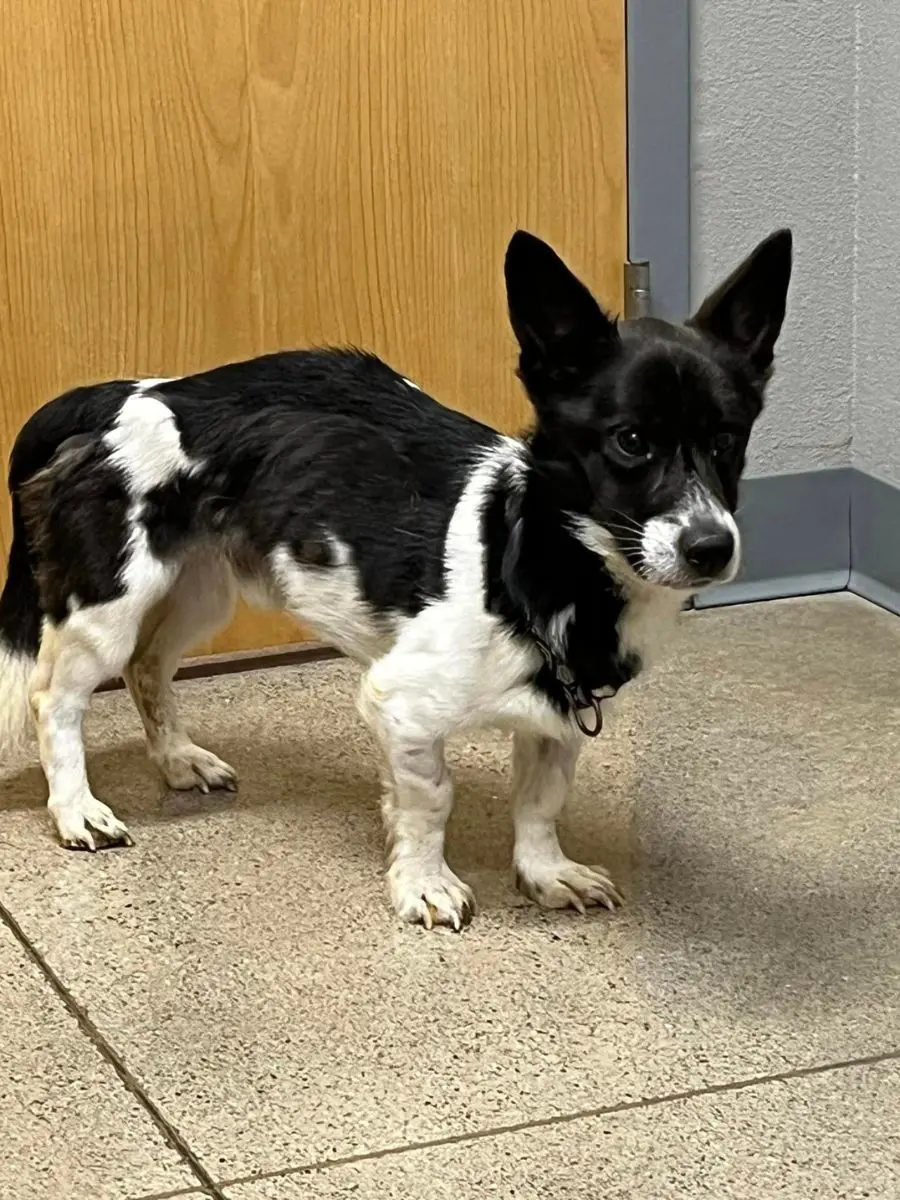
Excessively watery eyes, otherwise referred to as epiphora, are among the most common symptoms in dogs with cherry eye due to the interference of the prolapsed gland in the normal production pattern and tear drainage of the eye.
The dislocation of the third eyelid gland might affect the balance of the tear production and drainage mechanism, affecting the normal process of tear production within the eye. Normally, the tears lubricate and protect the eye by spreading a thin film over its surface and flowing out of the eye through minute ducts into the nasal cavity.
The two ways in which the abnormality can lead to excessive tearing are an overproduction of the tears as a development of the irritation from the misplaced gland, or the normal flow of tears can be obstructed.
16. Changes In Eye Color
In dogs, an alteration in the color of the eye is actually quite a rare yet major symptom of cherry eye. Such changes mostly suggest that the affected eye is irritated or seriously damaged. Cherry eye is a condition in which the gland of the third eyelid prolapses, hindering the normal function of the eye and thus causing a host of issues.
This increased blood flow, along with the inflammation that the prolapsed gland causes, can tint the sclera red, pink, or even deeper. Other than this, the accumulated irritants and the body's reaction against the mislocated gland might give an impression of a darker or more intense complexion of the affected eye.
Cheery eyes can give the appearance of an eye that has changed color, not relatively but distinctly redder or inflamed. In the management of altered color related to cherry eye, treatment of latent condition is important, together with overt symptoms.
17. Corneal Ulcers
Corneal ulcers have been found in dogs with cherry eyes. These are major complications generated by regular exposure to the prolapsed gland of the third eyelid. The cornea is, quite simply, that transparent dome-like surface that covers the front of an eye.
Along with excess tears, redness in the eyes, and a raised pink or red mass as a result of the prolapsed gland, some corneal ulcers are also accompanied by other symptoms. Some of these include squinting or pawing at the hurt eye or even refraining from opening the sore eye, which it, of course, may well do.
Antibiotics can prevent and treat infection, while anti-inflammatory drugs can reduce aches and inflammation. Veterinarian care is also very important. Lastly, lubricating eye drops allow the cornea to heal and also protect it.
18. Reluctance To Be Touched Around The Eye

One of the more distinguishable behavior changes in dogs with cherry eyes is their reluctance to be touched. This could be because the prolapsed gland of the third eyelid causes them a great deal of pain and discomfort.
This 'cherry eye' occurs when the gland, normally hidden beneath the third eyelid and secretory, dislocates and protrudes, thus causing severe irritation in the affected eye. Cherry eye causes enough sensitivity in the area around the eye that even small touches or movements will hurt the canine. The misplaced gland may constantly be irritating the dog, which leads to a wariness of having its head touched or its head approached by strangers.
A veterinarian's therapeutic intervention will, among other things, involve the use of anti-inflammatory medications, which reduce the number of pain and swelling, and moisturizing eye drops to lubricate the corneal area of the eye.
Top Lists







